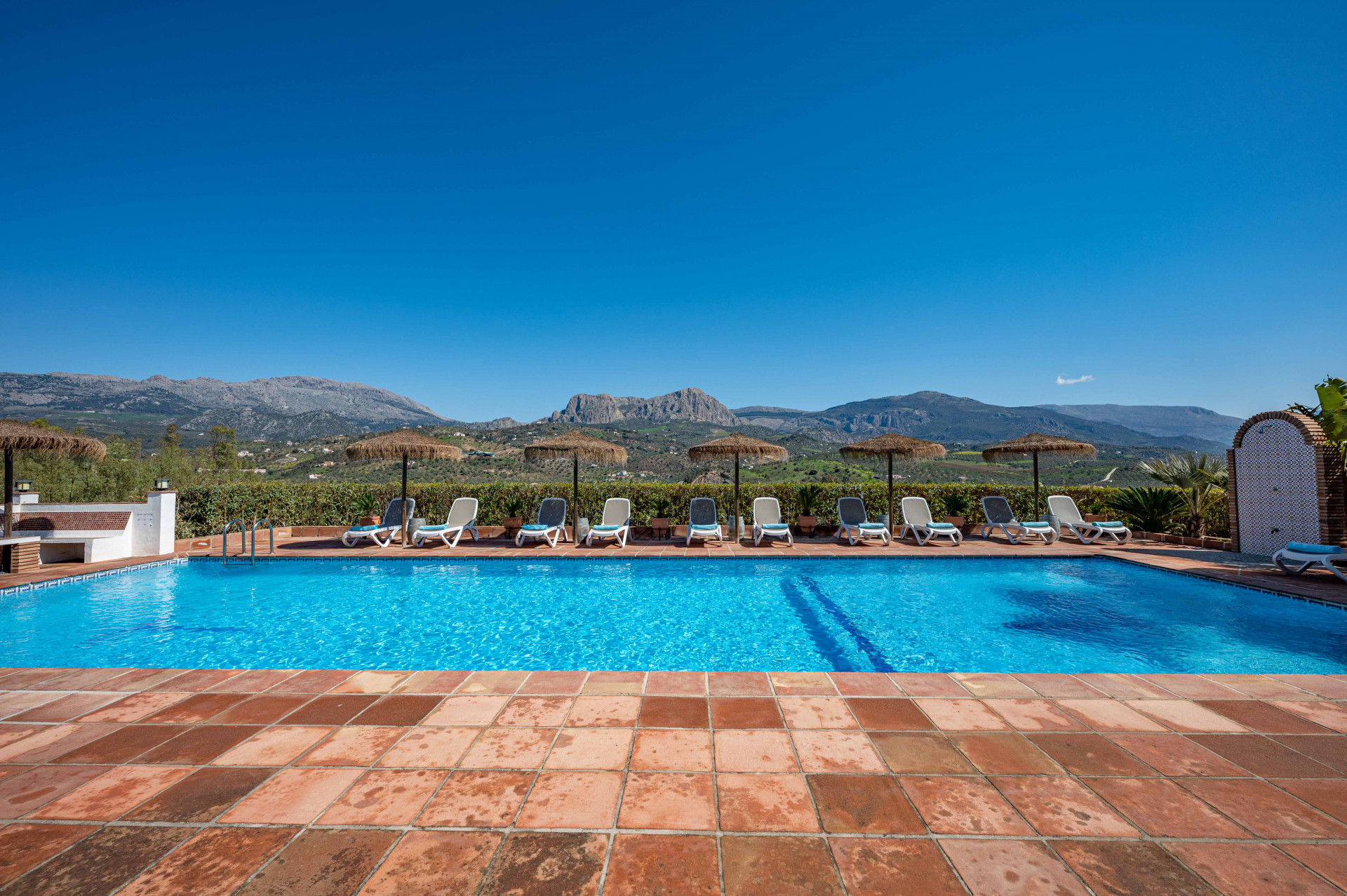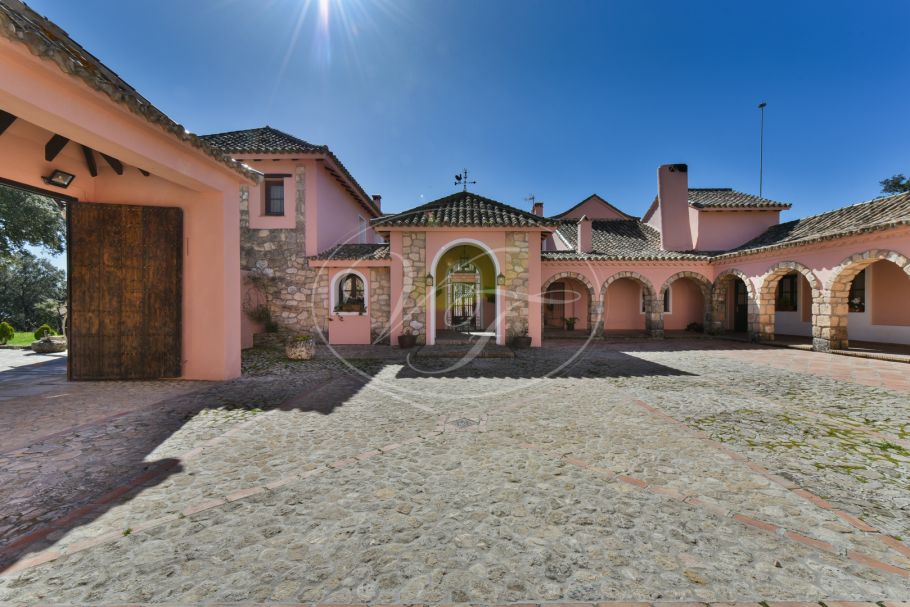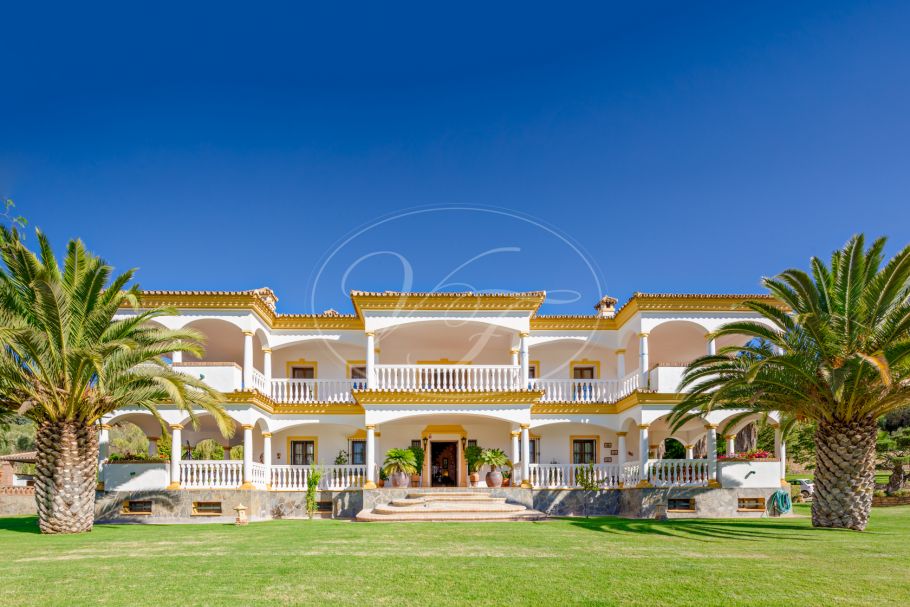A Guide to Rent out Your Country Property in Andalusia
Due to a large number of owners who rent their houses during the holiday seasons; and the number of customers coming to us looking for properties which they will want to rent out when not occupying the house; we decided to offer a short guide explaining the applicable legislation.
The decrees that apply on rural property in Andalusia can be found, in Spanish, in:
*Decreto 20/2002: which sets the guidelines for rural tourism in Andalusia.
*Decreto 13/2011: which sets guidelines for tourism in general in Andalusia.
*Decreto 143/2014: regulates the registration of holiday homes in Andalusia.
Rural Tourism in Andalusia
For all properties located on RUSTIC LAND, and properties in small inland villages, these are applicable. Rural tourism is promoted in general. It gives visitors the possibility to get to know the real Andalusia, the local habits, product, the local activities…
The accommodation can roughly be classified into the following categories:
– Casa rural (What we call a B&B in English).
– Viviendas turísticas de alojamiento rural (VTAR): Private Houses rented out for holidays.
– Rural Hotels.
– Rural Resorts.
Since our clients are mainly interested in either renting their house out for holiday purposes or to run a B&B, in this guide we will focus on these two categories.
Casa Rural
A Casa Rural is a small guest house, in a rural setting, where the owner, caretaker or farmer lives in the property and provides accommodation and other services to his guests. There are two qualifications, basic and superior. The law also differentiates in whether certain living areas are shared with guests or whether they are independent.
Accommodation – not shared
In this case, the owner and the guests have separate living areas. The maximum allowed capacity is 20 guests, divided over no more than 3 houses/apartments.
• Living rooms: They must have a minimum size of 12m², possibly over two rooms. Heating must be provided to maintain a minimum temperature of 19℃ from September to April. Furniture and decoration with an Andalusian touch.
• Kitchen: Sized according to the number of guests, equipped with an oven or microwave, refrigerator, crockery, cutlery, glassware, cooking and cleaning utensils. Sink with hot/cold water and drainer, plus direct ventilation with smoke extraction.
• Bedrooms: They must have a minimum size of 7 m² for singles, 10 m² for doubles. Minimum requirements for furniture: bedside tables, single bed (90cm × 180cm) and double bed (135cm × 180cm), a wardrobe for every four guests and a light switch and plug near the bed. Ceiling height minimum 2 metres, if attic, 70% must be at least 2 metres. Direct lighting and ventilation and windows with curtains.
1. Shared Accommodations.
In these ‘Casas Rurales’, the owner rents the rooms and shares common areas with his guests. The following additional requirements are specified:
• It must have a lounge for the exclusive use of the clients.
• Not obligatory to provide a kitchen for the guests. When kitchen facilities are offered, it has to be a separate kitchen, not the owner’s kitchen.
• The ingredients to prepare breakfast should be provided to the clients.
• All the bedrooms must count with a full bathroom (bath/shower, bidet, toilet and sink), integrated into the bedroom.
The difference between the basic and the superior category in a Casa Rural is based on the sizes of the rooms. You can find all the specifications in the Anexo III from Decreto 20/2002.
Viviendas Turísticas de Alojamiento Rural (VTAR)
This category includes all private houses in a rural setting that are rented out for self-catered holidays. These can be villas, fincas or cortijos, as long as they are located on rustic land. By law, you are only allowed to rent out your house for a maximum of 90 days per year. Since it reflects as self-catered holidays, you cannot offer food and beverages.
The following characteristics are applicable to be classified as a VTAR:
• Independent dwellings, including extra buildings such as cottages, stables, and sheds.
• There cannot be more than three separate apartments in the same building.
• The maximum capacity is 20 guests.
• It can be offered to the public for temporary or seasonal use or occasional occupancy, one or more times during the year, with a maximum of 90 days per year.
• Only the accommodation can be offered, no food and beverages.
Your house will have to comply with the following minimum requirements:
– Good access for normal cars.
– Good signposted.
– A floor plan of the house should be available for guests.
– Fire extinguishers of a minimum 5 kg in the living room and kitchen, and one per floor in case of a basement or first floor.
– Fully furnished for its use.
– Drinking water and electricity available.
– Septic tank installed.
Rooms should have a minimum size of 7 m² for single rooms and 10 m² for double rooms (this is NOT mentioned in the characteristics, but we’ve heard back from clients that the inspector checks this).
Variations in Rural Accommodation in Andalusia
Besides to the regular houses and B&B’s, there is the possibility to specialise in a certain area:
1. AGRO-TURISMO (agricultural tourism): accommodation on a farm in use, in which the tourist can take part in the activities on the farm.
2. ALBERGUE (hostel): to facilitate short stays.
3. AULAS DE NATURALEZA (Classrooms set in nature): focusing on an educational purpose.
4. CASA FORESTAL house set in a forest): functionally linked to the exploitation of the forest and mountain activities.
5. CASA MOLINO (mill house): an establishment in a building that maintains the machinery and traditional mechanisms of an old mill.
6. CASAS CUEVA (cave houses).
7. CHOZAS Y CASAS DE HUERTA (huts and orchard houses): built with basic and natural materials.
8. CORTIJO (old farmhouse): with a courtyard, representing the traditional Andalusian architecture.
9. GRANJA-ESCUELA (farm school): accommodation with complementary services to learn, experience and participate in typical farming activities, such as working the land, and taking care of the animals, generally intended for children.
10. HACIENDA (estate): set of buildings of residential and agricultural use of specific Andalusian architecture, located on large farms and olive groves. The complex is built around a large central courtyard, with facilities for agro-processing oil mills or bodegas, includes housing for the owners and staff.
11. REFUGIO (refuge): building created to provide shelter and accommodation in mountain areas.
12. ALOJAMIENTOS ESPECIALES (special accommodations): all special accommodations which characteristics that do not fit any of the previous.
Fiscal Consequences
Regarding fiscal matters, the main difference between a VTAR and a Casa Rural is that the Casa Rural is considered as a business and has to present accounts, whilst the owner of a VTAR adds the income to his yearly tax declaration.
VTAR:
– Not companies
– Don’t give invoices
– Income is declared at the personal yearly tax declaration
– Cannot be promoted by public administrations
– Don’t have access to public grants
Casa Rural:
– Companies, either S.L. or self-employed
– Give invoices
– Taxed under IVA
– Can be promoted by public administrations
– Have access to public grants
Registering my Rental House in Andalusia
The procedure to register in the Registry of Tourism of Andalusia (RTA) is free and usually quite quick. To begin the process, you need:
1. DECLARACION DE RESPONSABILIDAD. A document in which you state the distribution and services of your property. You also state it complies with the minimum requirements mentioned before:
– Good access with normal cars and good signposts.
– Provide a floor plan of the house.
– Fire extinguishers of a minimum 5 kg in the living room and kitchen and one per floor in case of a basement or first floor.
– Fully furnished for its use.
– Drinking water and electricity available.
– Septic tank installed.
– Rooms have a minimum size of 7 m² for single rooms and 10 m² for double rooms (this is NOT mentioned in the characteristics, but we’ve heard back from clients that the inspector checks this).
2. ANNEXES. You have to provide a series of documents:
– To prove ownership: a copy of your purchase deed.
– To prove the electricity connection: a copy of an invoice.
– To prove the water connection: for mains water a copy of an invoice. For well water, you will need to add an analysis showing it is drinking water and add proof of a water deposit of 200 litres per guest.
What could happen if you don’t register?
– You may receive a penalty for illegal activity; in this case, it will be the Administration who denounces you.
– You could receive a sanction for unfair competition, being in these cases, other accommodation owners who denounce you, or even a client.
– If a tenant has an accident, you will not be covered by your insurance.
Interesting links and collaborators who can help in the process:
– Contact details of a reliable specialized lawyer in these matters:
Itziar Berraondo. Email: [email protected].
– Link to registration forms: http://www.juntadeandalucia.es/turismoydeporte/opencms/areas/turismo/registro-de-turismo/.
***Links to the applicable regulations:
Decreto 20/2002: http://www.juntadeandalucia.es/boja/2002/14/1.
Decreto 13/2011: http://www.juntadeandalucia.es/boja/2011/255/1.
Decreto 143/2014: http://www.juntadeandalucia.es/boja/2014/220/2.
This is a guide only, not to be taken as read. Please consult a lawyer.
Danielle Ernstsen | 22nd March 2023



